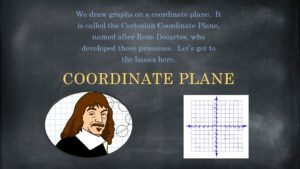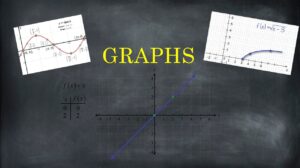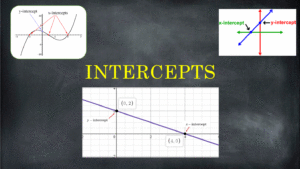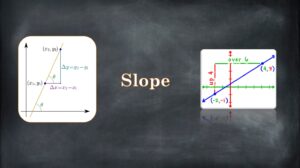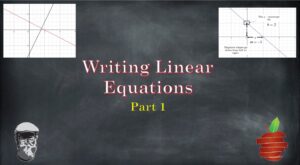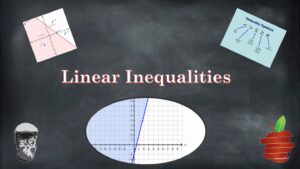Linear Equations

Review: In the previous section on functions we saw that a linear function is called such because the solutions are co-linear. That is, when graphed on an x/y coordinate plane (Cartesian), the points form a line. Not all linear equations are functions. The exception would be equations where x is equal to a number, like x = 3, or x = -5. But the rest of the linear equations are functions.
Here’s what we learned about the linear functions.
- Written Form:
- y = mx + b, which is called slope-intercept form
- Ax + By = C, which is called Standard Form
- y = #, is a horizontal line
- x = #, is a vertical line
- Graph:
- Just a line.
- Largest Exponent:
- 1
- Input/Output Table
- First change is constant à a constant slope
- Domain and Range:
- Unless the equation is y = #, or x = #, the domain and range are all Real Numbers
- If the equation is y = #, the range is that number and the domain is all Real Numbers
- If the equation is x = #, the domain is that number and the range is all Real Numbers
In this unit we will learn all about linear equations (some of which are functions), their graphs, and the formulas involved. Some of the material is familiar and simple, but it gets complicated and confusing quickly. Even if this seems like review initially, it is a good idea to work through it so that when the information gets complicated, you’re prepared.

